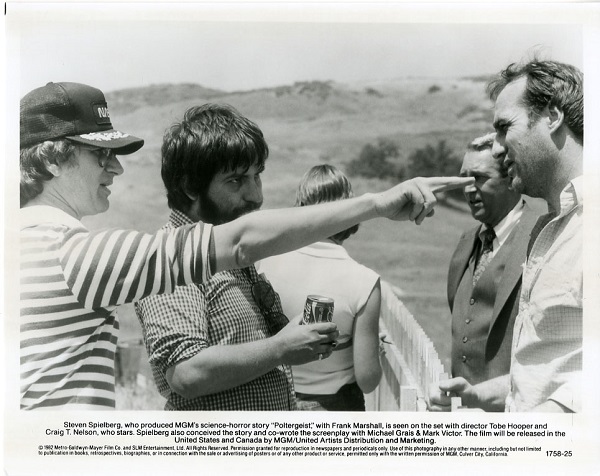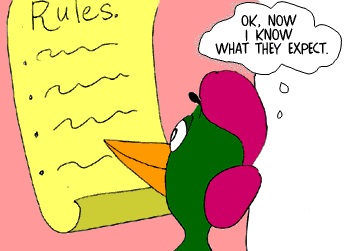 You have probably always wanted to write a book. You have probably tried to start writing it several times and gave up. Or maybe you did write it, but it didn’t quite turn out the way you wanted it to. You have most likely been scared and frustrated by the writing process, as well as exhilarated and thrilled. And you probably wondered how you could tell exactly what you wanted to tell, and tell it well.
You have probably always wanted to write a book. You have probably tried to start writing it several times and gave up. Or maybe you did write it, but it didn’t quite turn out the way you wanted it to. You have most likely been scared and frustrated by the writing process, as well as exhilarated and thrilled. And you probably wondered how you could tell exactly what you wanted to tell, and tell it well.When I started out, I charged ahead like mad, high on the possibility of writing my very first book and actually doing it. I disregarded rules and channeled my inner self on the page, believing it was true art (not that I understood what that meant). I was fine for a while. But on my fourth book I got lost and quickly finished it because I didn’t know how to make it better. And on my fifth book I got stuck and had to scrap everything and reengineer my entire writing process. Why? Because I ignored the rules. I thought writing was an expression of something intangible and divine that couldn’t be touched lest it be wrecked by such rudimentary and boring things as plotting, theme development, grammar, character arcs, etc. And I was wrong, and maybe because you read these lines you will trust that what I’m sharing with you is true and will spare yourself the pain I went through (or maybe you won’t, but you will remember these lines when you hit rock bottom).
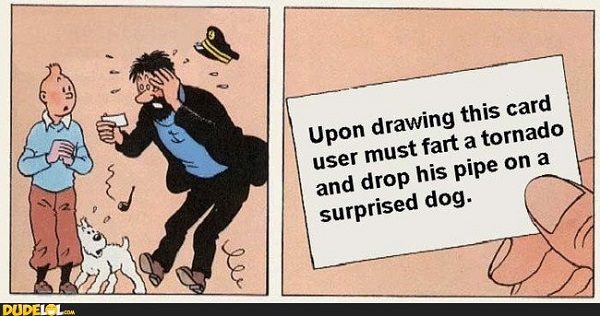

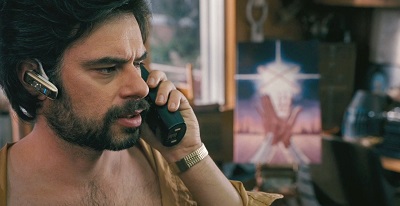
That frustration we talked about, remember? It comes from the feeling that something isn’t right, but you can’t pinpoint what exactly. Studying the craft of writing will show you what’s wrong and how to fix it. Without it you’ll be lost and tempted to give up.
 you get stuck you will get unstuck, and with new knowledge keep charging forward. You will see that learning how to write well takes time, and you will allow your tale to be bad and awkward and messy, because you will know that it’s normal, and this is what will keep you from quitting. That’s huge. I wish someone told me this when I started.
you get stuck you will get unstuck, and with new knowledge keep charging forward. You will see that learning how to write well takes time, and you will allow your tale to be bad and awkward and messy, because you will know that it’s normal, and this is what will keep you from quitting. That’s huge. I wish someone told me this when I started.
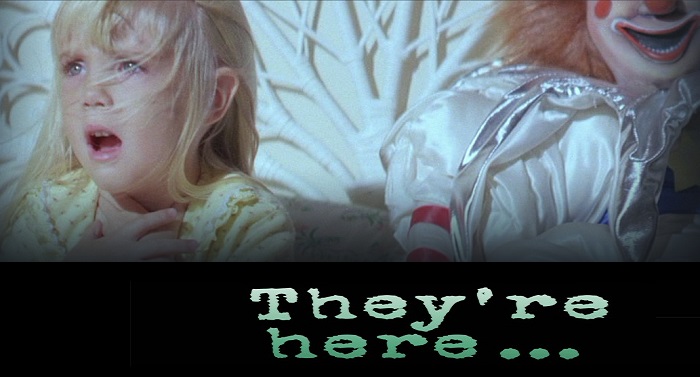

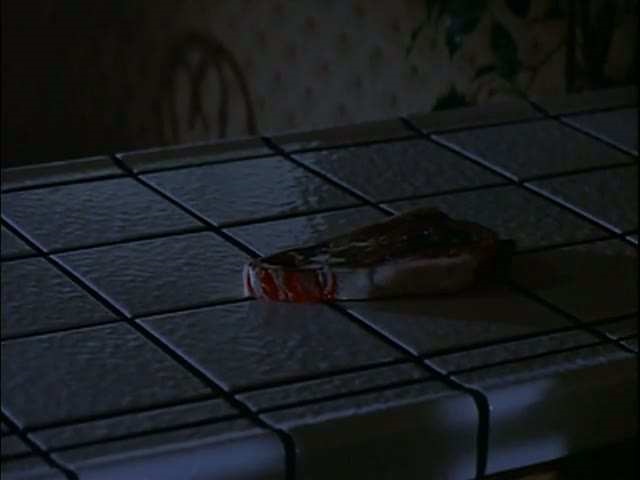 Steak has been, is, and always will be expensive. It’s one thing to jack some cheaper stuff from someone else’s fridge, but goddamn steak?! And then to put that steak on the kitchen counter without a paper towel, foil, plate, nothing underneath it! Just plop that raw bloody steak anywhere, chief.
Steak has been, is, and always will be expensive. It’s one thing to jack some cheaper stuff from someone else’s fridge, but goddamn steak?! And then to put that steak on the kitchen counter without a paper towel, foil, plate, nothing underneath it! Just plop that raw bloody steak anywhere, chief.